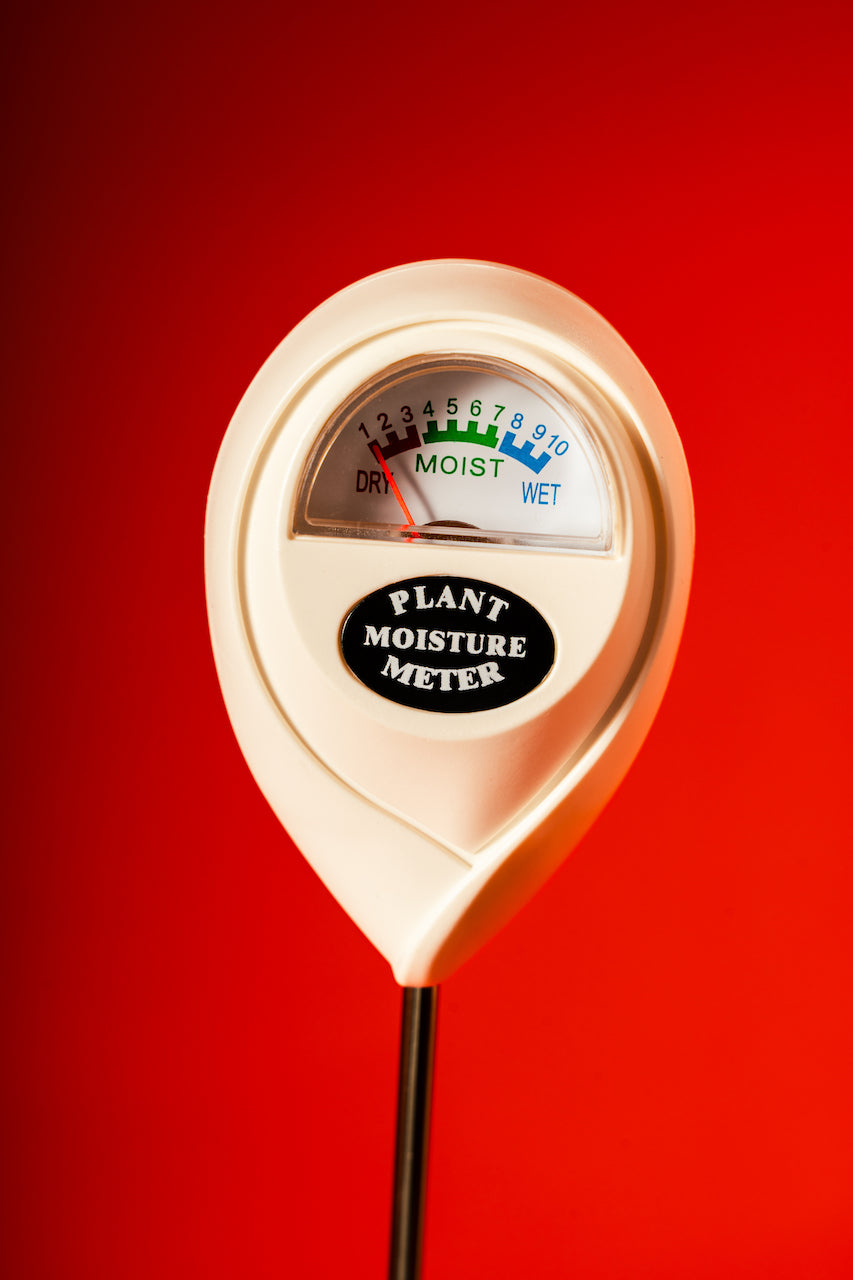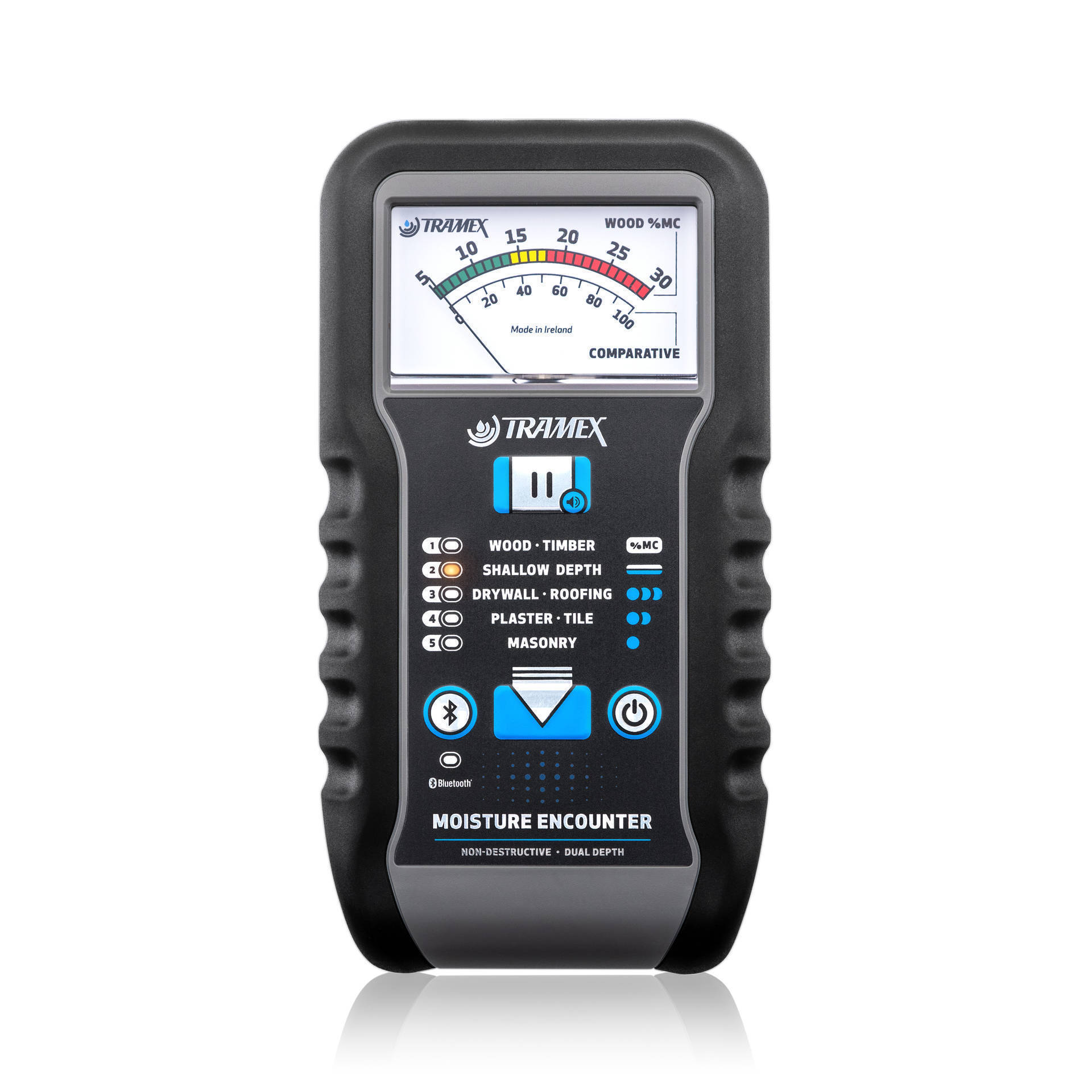Just How a Moisture Meter Can Improve Your Building And Construction Tasks and Avoid Damages
The Ultimate Overview to Moisture Meters: A Comprehensive Introduction and Just How They Can Conserve You Money
In the realm of structure maintenance, building and construction, and numerous industries, the importance of accurately determining wetness levels can not be overstated. Moisture meters work as crucial devices in spotting and monitoring moisture web content in materials, aiding in protecting against costly problems and guaranteeing the quality of products. Understanding the subtleties of various kinds of wetness meters, their applications, and the possible cost-saving benefits they provide can be a game-changer for services and specialists alike. Finding exactly how these tools can not only improve processes yet likewise add to financial savings is a trip worth starting.
Sorts Of Moisture Meters
Different sorts of wetness meters are available for various applications in different sectors. One usual type is the pin-type moisture meter, which determines the electrical resistance in between two pins placed into a material. This type is suitable for timber, drywall, and other building materials. Pinless dampness meters, on the other hand, use electromagnetic sensor plates to check a larger location without triggering damage to the product's surface area. These meters are suitable for promptly examining dampness degrees in big areas such as floorings and walls.
Additionally, there are also specialty wetness meters designed for particular materials like hay, grain, or dirt. These meters supply accurate dampness analyses customized to the unique residential properties of the product being examined. Infrared wetness meters gauge the thermal residential properties of a product to determine its wetness content non-invasively, making them useful for applications where pin or pinless meters might not be suitable. Recognizing the various sorts of wetness meters available can aid markets pick one of the most appropriate device for their specific wetness measurement demands.

Benefits of Utilizing Moisture Meters

Furthermore, making use of wetness meters can result in increased energy performance. By identifying areas with high moisture levels, such as leakages or bad insulation, modifications can be made to boost energy conservation and minimize energy costs. In farming setups, wetness meters play a vital duty in enhancing crop yields by enabling farmers to check soil moisture levels and make notified watering choices. Overall, the benefits of utilizing dampness meters cover across different sectors, offering economical remedies and promoting far better top quality control methods.
Just How to Select the Right Moisture Meter
Choosing the appropriate dampness meter involves taking into consideration crucial factors such as material compatibility, dimension array, and calibration accuracy. When choosing a wetness meter, it's important to ensure that the meter is suitable for the specific product you will certainly be screening. Various products have differing electrical residential or commercial properties that can affect wetness readings, so selecting a meter designed for your product is vital for precise outcomes. Additionally, take into consideration the measurement series of the wetness meter. Make sure that the meter can detect moisture levels within the array required for your applications. Calibration precision is one more critical variable to maintain in mind (Moisture Meter). Select a wetness meter with trustworthy calibration to make certain specific and consistent readings. Some meters may need periodic calibration adjustments, so comprehending the calibration procedure is very important. By carefully examining these variables, you can choose a wetness Discover More Here meter that fulfills your needs and offers precise dampness measurements for your projects.
Correct Strategies for Moisture Meter Use
To make sure precise moisture analyses and make the most of the effectiveness of a moisture meter, using proper strategies is necessary. When making use of a pin-type wetness meter, place the pins or probes right into the material being evaluated until they make full call. Guarantee the pins are vertical to the surface area to obtain the most specific analysis. For pinless dampness meters, hold the device level against the material and relocate it slowly to cover the entire location for a typical analysis. It's critical to calibrate the moisture meter according to the product being examined to boost accuracy. Take multiple readings across the surface and ordinary them out for a more reliable outcome. Furthermore, ensure that the product being tested is accommodated to the atmosphere to avoid manipulated analyses. Routine maintenance of the dampness meter, such as cleansing the pins or sensor, is additionally essential to make certain exact and consistent analyses. By complying with these proper techniques, customers can rely on their wetness meter to supply trustworthy dampness levels, assisting in avoiding pricey damages or making certain top quality in various applications.

Expense Savings Through Moisture Meter Applications
Just how can the calculated use of dampness meters lead to significant cost financial savings across numerous sectors? In the agriculture industry, moisture meters aid in identifying the optimal time for gathering plants, preventing over-drying or excess dampness that can affect the final item's high quality.

Moreover, in the food handling industry, wetness meters are necessary for monitoring product high quality and ensuring conformity with safety and security regulations. By properly measuring wetness web content in food, suppliers can prevent putridity, keep freshness, and lower waste, resulting in significant expense financial savings. Overall, the calculated application of wetness meters is a beneficial financial investment that can result in substantial cost decreases and improved efficiency across various markets.
Verdict
Finally, moisture meters are more helpful hints beneficial tools for gauging and identifying dampness degrees in different materials. By making use of the best dampness meter and complying with appropriate techniques, customers can properly avoid expensive damages triggered by excess moisture. Buying a top quality moisture meter can lead to considerable cost savings over time by determining potential issues beforehand and allowing punctual removal. Eventually, wetness meters are crucial instruments for preserving the honesty and long life of materials and structures.
Dampness meters offer as important tools in finding and monitoring moisture web content in materials, assisting in avoiding pricey damages and guaranteeing the high quality of items. Infrared wetness meters determine the thermal buildings of a product to identify its wetness web content non-invasively, making them beneficial for applications where pin or pinless meters may not be ideal.Moisture meters provide invaluable advantages in properly keeping track of and examining dampness degrees in diverse materials and settings. In agricultural settings, dampness meters play a vital role in maximizing crop returns by enabling farmers to check dirt wetness levels and make notified watering decisions.In final thought, wetness meters are beneficial tools for determining and finding wetness degrees in numerous products.